Impresses with its garden! Villa d’Este is a paradise filled with fountains
Italy has always been known for its magnificent architecture and lavish villas. From Renaissance palaces in Florence to opulent villas on Lake Como, these buildings exude elegance and history that permeates every corner of the country. Among these jewels of Italian architecture, Villa d’Este stands out, a masterpiece that takes the breath away of visitors from all over the world with its beauty and magical gardens.
Located in Tivoli, a picturesque town just 30 kilometers east of Rome known for its rich history and numerous historical sites, the Villa d’Este, inscribed on the UNESCO World Heritage List in 2001, is undoubtedly its most important pearl.
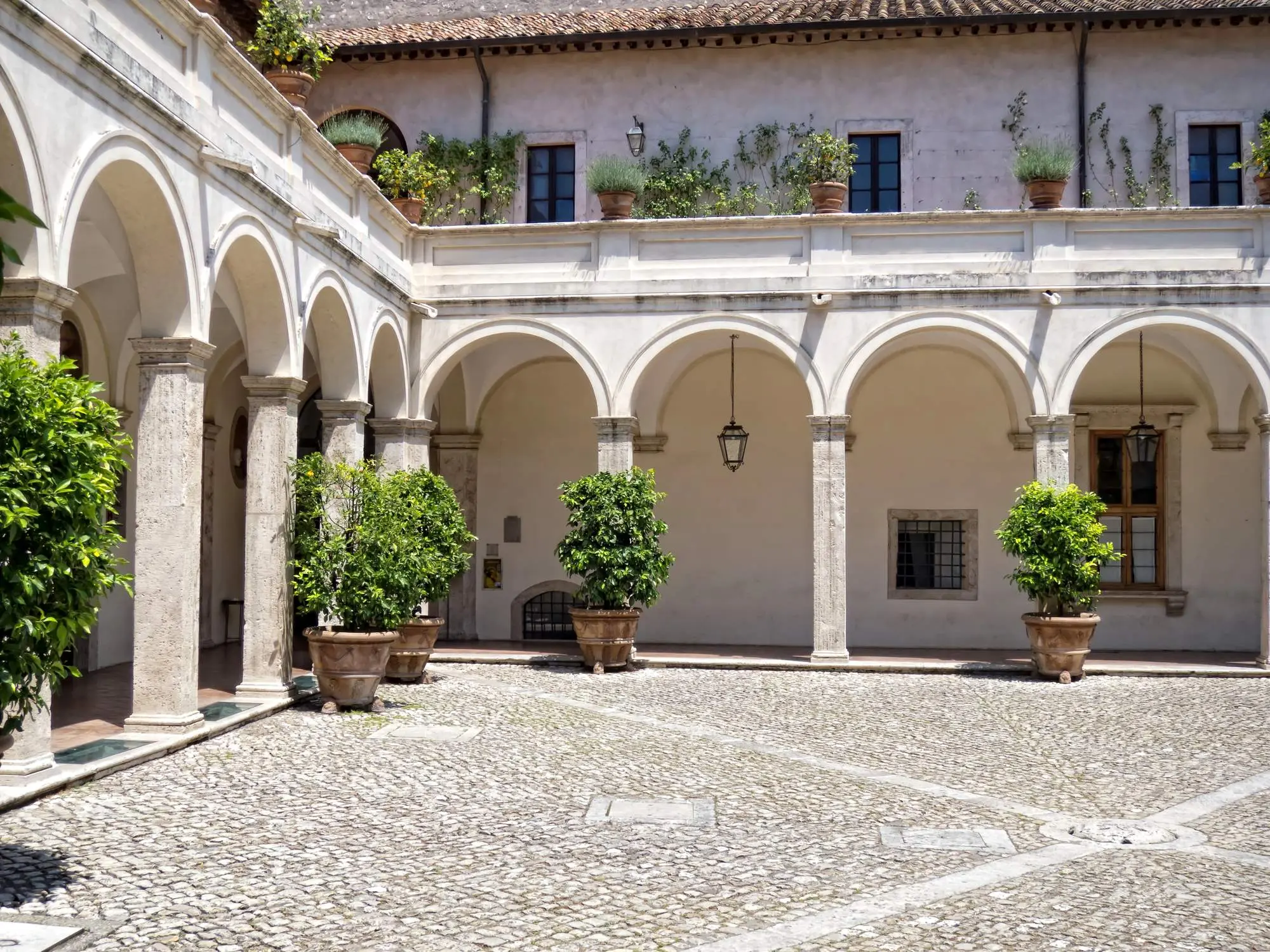
Villa d’Este Photo: laraslk, Depositphotos
WHAT MAKES VILLA D’ESTE SO SPECIAL?
Built in the 16th century, Villa d’Este symbolizes Renaissance opulence and artistic creativity. Commissioned by Cardinal Ippolito II d’Este of Ferrara, the villa was designed as a luxurious residence, but also as an expression of its owner’s political and social influence. The villa itself is a masterpiece of Renaissance architecture, but what catches the eye are its stunning gardens and fountains.
The gardens of Villa d’Este are spread over several terraces that cascade down the hillside. Their beauty lies in the perfect combination of natural elements, artistic sculptures, and innovative use of water. The most impressive aspect of the garden is the numerous fountains that adorn the space, each telling its own story.
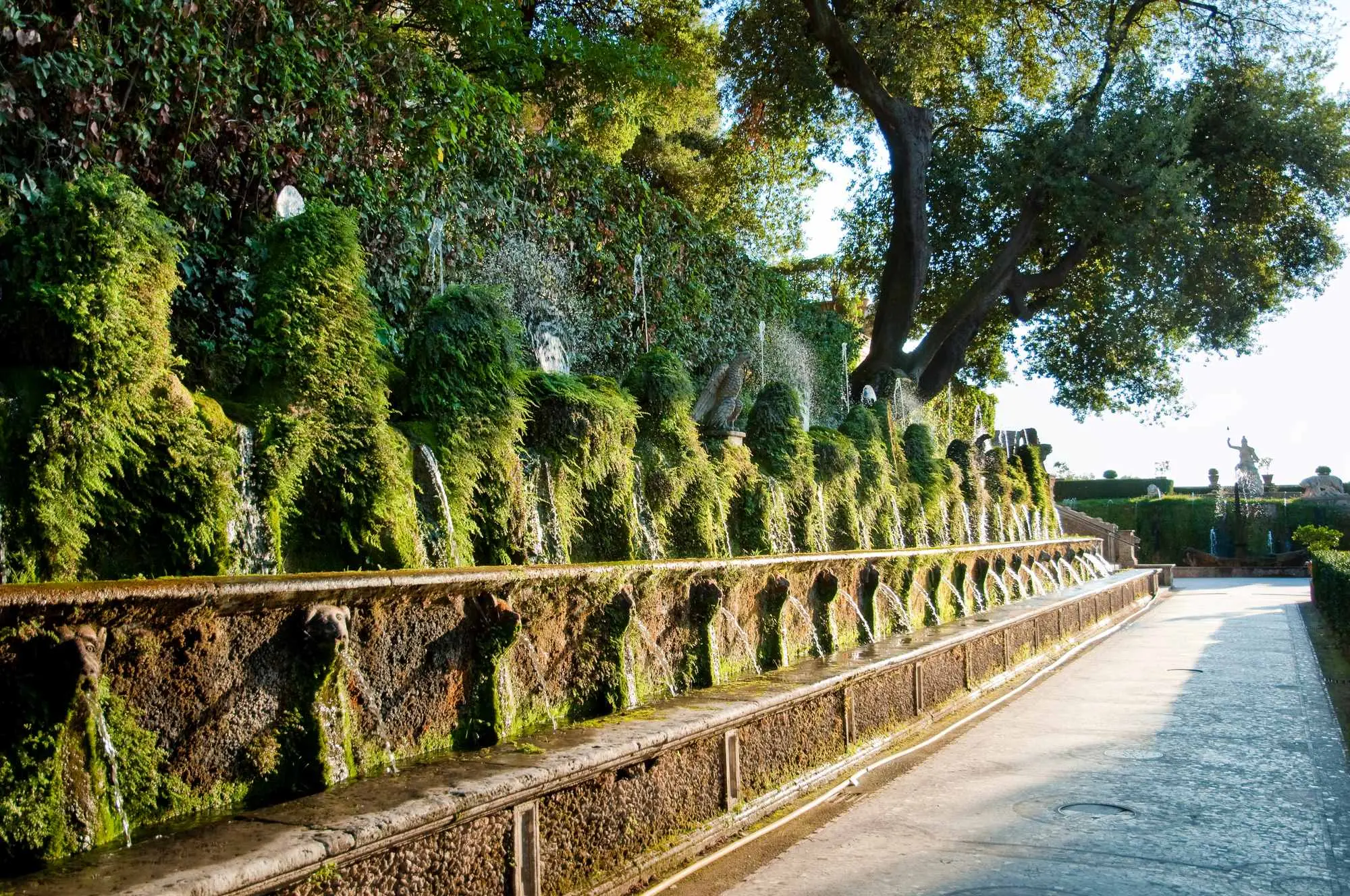
Villa d’Este, Photo: pablodebat, Depositphotos
PARADISE FILLED WITH FOUNTAINS
The fountains in the Villa d’Este gardens are true engineering marvels. There are more than 500 in total, and many are designed to take advantage of the natural fall of the terrain to create spectacular water displays. The most famous among them is the Fountain dell’Organo, which is particularly fascinating because of the mechanical system that drives the musical instrument, creating a soundscape as the water flows. Another essential landmark is the Neptune fountain, monumental and powerful in its design, which symbolizes the power and strength of nature.
In addition to the fountains, the gardens of the Villa d’Este are filled with beautiful paths, flower arrangements, and sculptures that bring the spirit of the Renaissance to life. Each corner of the garden offers a different view and experience, making a walk through these spaces a true journey through history and art.
The latest Netflix comedy series about Greek mythology called Kaos was filmed in these very gardens.
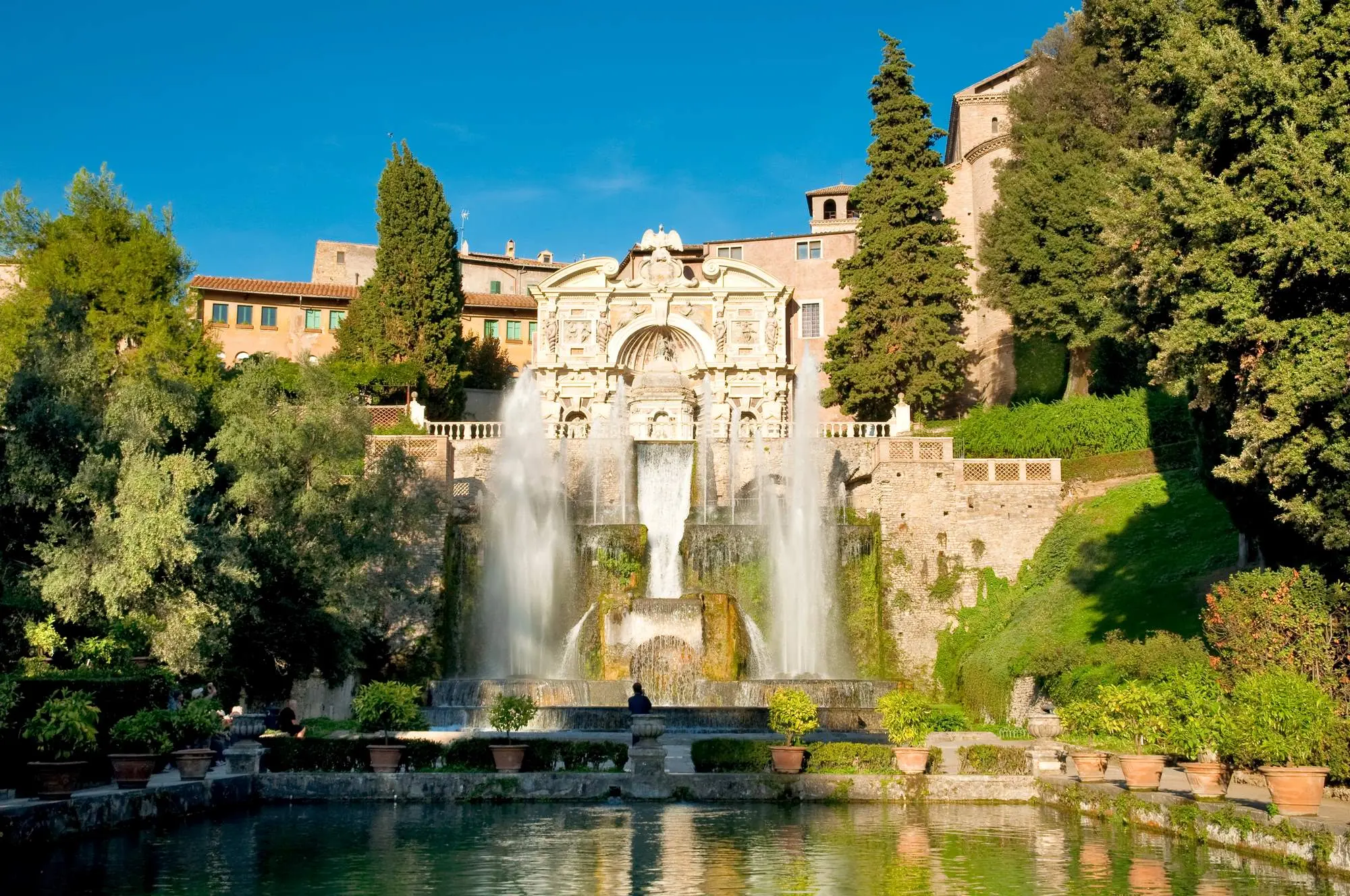
Fountain of Neptune, Villa d’Este, Photo: pablodebat, Depositphotos
In addition to the fountains, the gardens of the Villa d’Este are filled with beautiful paths, flower arrangements, and sculptures that bring the spirit of the Renaissance to life. Each corner of the garden offers a different view and experience, making a walk through these spaces a true journey through history and art.
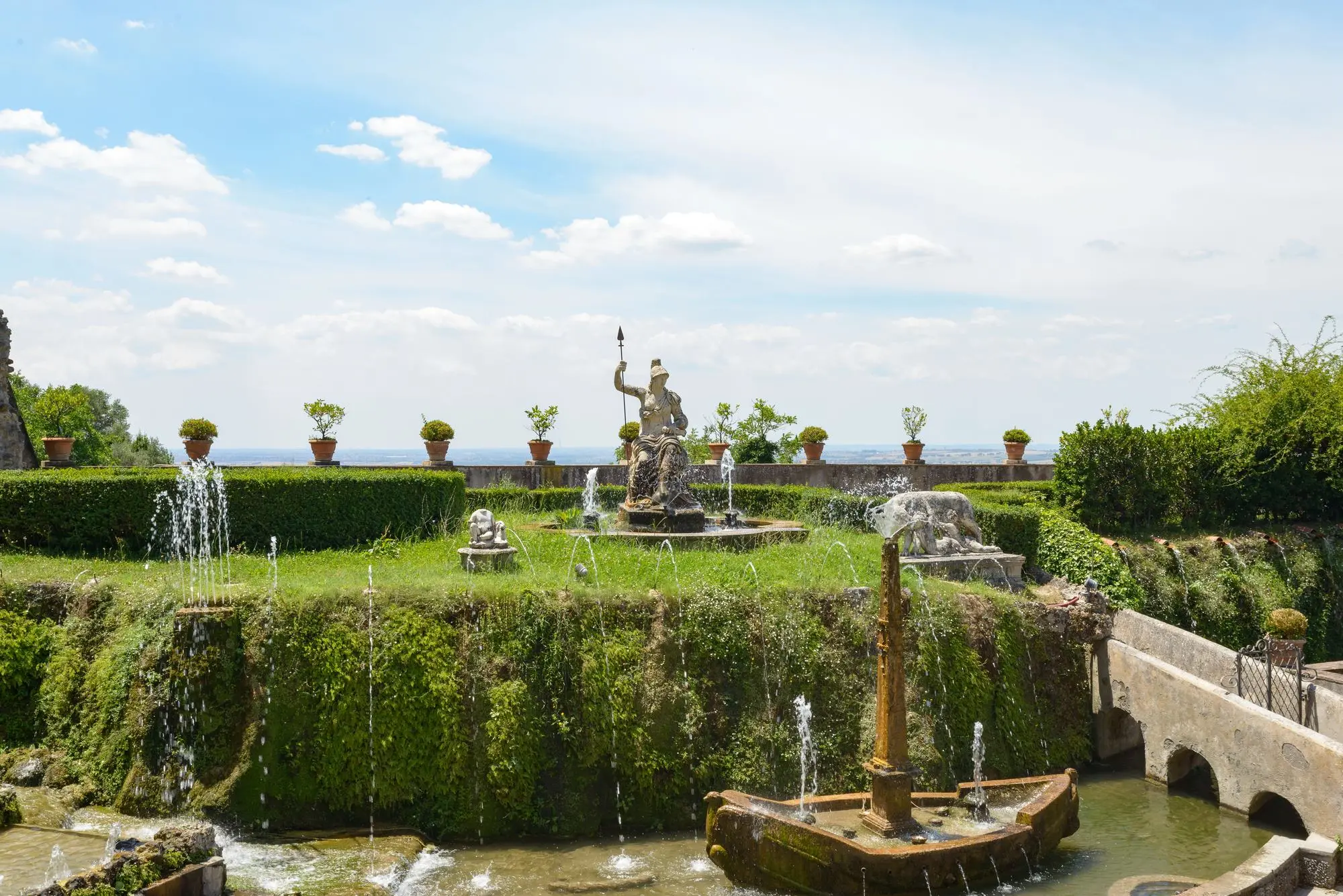
Villa d’Este Photo: stefanocarocci, Depositphotos
A visit to Villa d’Este is an experience that will leave you breathless, whether you are a lover of history, architecture, or natural beauty. This villa is not only a testimony of past times but also a place that inspires. In addition to enjoying the gardens and fountains, visitors can also explore the villa itself, with its lavish interior and frescoes adorning the walls.
The ticket price is 15 euros, which is a small price to pay to experience such a masterpiece. For visitors visiting Rome, a day trip to Tivoli and Villa d’Este is a great way to escape the hustle and bustle of the city.

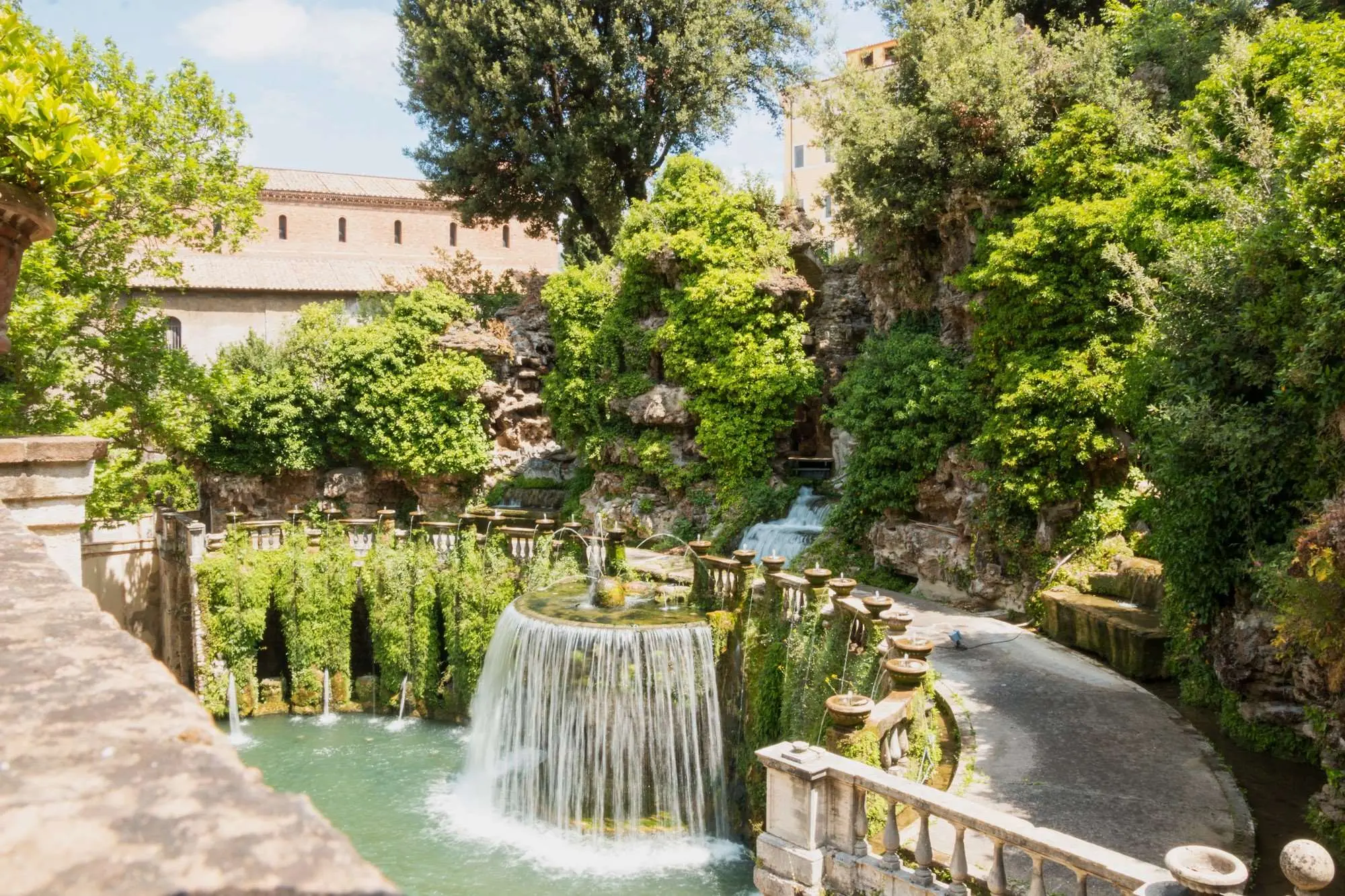


Leave a Reply